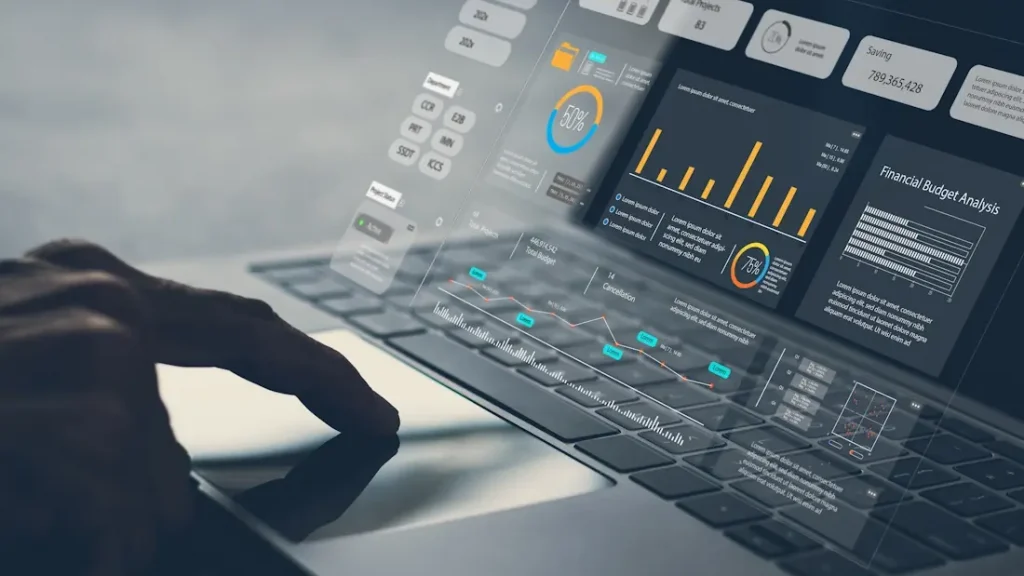Personal budgeting apps are digital tools designed to help you track your income, expenses, and savings goals in one place. By connecting to your bank accounts, these apps automatically categorise your spending, highlight patterns, and provide a clear overview of your financial health. Many leading apps, such as Plum, Emma, and Snoop, offer features like spending notifications, customisable budgets, and even suggestions for cutting unnecessary subscriptions. This makes it easier to stay on top of your finances, avoid overspending, and work towards your savings targets with minimal manual effort.
Smart savings tools use algorithms to analyse your spending habits and automatically set aside small amounts of money, either through round-ups on purchases or scheduled transfers. For example, if you spend €2.70 on coffee, the app might round up to €3 and save the extra €0.30. Some apps allow you to set custom rules, such as saving a percentage of every income or automating deposits into different “jars” for specific goals. This approach makes saving effortless and consistent, helping you build wealth gradually without having to think about it every day.
Digital money management refers to using online platforms and mobile apps to oversee all aspects of your personal finances. This includes budgeting, tracking expenses, monitoring investments, and even managing bills. The importance of digital money management lies in its convenience and real-time insights. With everything accessible from your smartphone, you can make informed decisions on the go, receive instant alerts about your spending, and adjust your habits to improve your financial wellbeing. It also enhances security, as most reputable apps use bank-level encryption and are regulated by the Financial Conduct Authority in the EU and UK.
Expense tracking and categorisation are core features of most budgeting apps. They automatically sort your transactions into categories like groceries, transport, or entertainment, giving you a detailed breakdown of where your money goes each month. This visibility helps you identify areas where you might be overspending and spot opportunities to cut back. Over time, you can adjust your habits, set more realistic budgets, and make smarter choices that align with your financial goals. Some apps even provide weekly or monthly reports to help you stay accountable and motivated.
Automated savings features go beyond the standard savings account by actively moving money for you based on your behaviour and preferences. Unlike traditional accounts where you must remember to transfer funds, automated tools use rules or AI to save on your behalf—whether it’s rounding up transactions, setting aside a fixed amount each week, or reacting to your spending patterns. This not only increases the likelihood of consistent saving but also helps you reach your goals faster, as the process becomes seamless and less reliant on willpower.
Real-time spending alerts notify you instantly when you make a purchase, approach a budget limit, or when a bill is due. These alerts act as gentle reminders, helping you stay aware of your financial activity and avoid overspending. For example, if you’re nearing your monthly dining-out budget, the app will alert you, prompting you to reconsider further spending in that category. This immediate feedback loop encourages better financial habits and helps prevent surprises at the end of the month.
Personalised financial insights are tailored recommendations and analyses provided by budgeting apps based on your unique financial data. By leveraging machine learning, these apps can identify trends, suggest ways to save more, and even highlight investment opportunities suited to your profile. For instance, you might receive advice on reducing utility bills, switching to a better savings account, or adjusting your spending in certain categories. These insights empower you to make smarter decisions, optimise your finances, and achieve your savings goals more efficiently.







